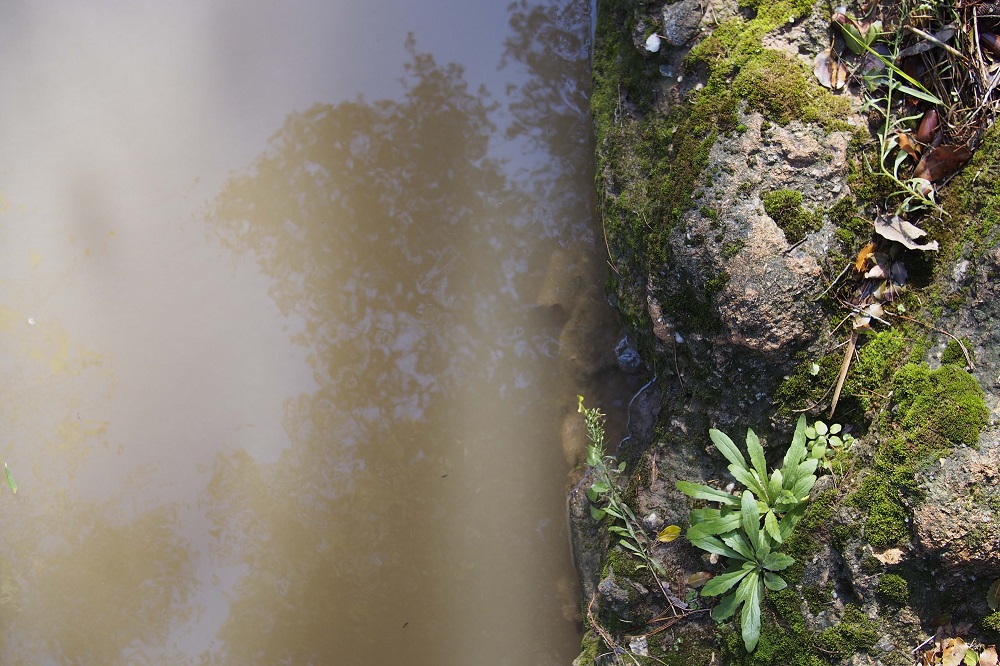
The site-specific project Amazonios takes place in the former house and studio of artists Nikos Kessanlis and Chryssa Romanos, in Polydroso a neighbourhood in the northern suburbs of Athens, next to the creek of Halandri, one of the few remaining natural attractions in the area, and occupies an interim space between the urban and the suburban.
Amazonios unfolds in both the interior and exterior spaces of the atelier of Kessanlis and Romanos. As visitors move from the old darkroom (“Cargo”) to the main atelier and from the empty warehouses (“The Forest”) to the abandoned swimming pool (“The River”), they come across a number of works by Dimitris Tsoumplekas: photos and videos, sculptures and installations, found objects and assemblages made from elements borrowed from the very same area; organic materials, branches, leaves, stones from the creek and the garden as well as painting materials, crates, easels, slats etc. The route ends in front of an illuminated sign hanging between the trees (Amazonios), opening a view onto a nearby, yet unfamiliar, landscape; a tear in the urban fabric. Amazonios is a trip down memory lane and an introduction to some of the unseen views of the city; it is the dialogue between an important contemporary artist and his prominent ancestors, a multi-dimensional, holistic artistic project eight years in the making, which combines the decaying remnants of Kessanlis’, the surrounding overgrown landscape, the artist’s own photographs and videos, and site-specific interventions. Amazonios is an attempt to grapple with an artistic and material heritage in purely artistic terms as a kind of creative catharsis and exorcism at the same time.
According to Dimitris Tsoumplekas: “For the last seven years I have been working in this atelier and the nearby area, namely, the estate –a familiar place since my childhood years– and the adjacent creek. My work itself explores the concept of an artist’s studio, a generator of ideas and a field of experimentation, engaging in a dialogue with the photography while focusing on its relationship with the art of sculpture and illustration, and acknowledging the anxiety of influence. It also deals with memory, the landscapes of our childhood years and their –often violent– transformation.
Amazonios is all about mapping a place, which is familiar to all of us but has ceased to exist: childhood. It is also a series of encounters: with a place, with memory, with the unrelenting onslaught of urban development, the organic connection between decay and life, with those who have died and the never-ending dialogue with them and with the persistent natural environment and the animals that hide next to us on the edge of modern urban living. The title echoes exoticism and the fantasy of adventure. Kessanlis had named this particular corner of the estate Amazonios, as he had planted several exotic plants next to the prickly pears”.
Finally, Amazonios is not only one artwork, or even several, but an artistic universe where the artist, nature, the dead and the living have all had a hand in its creation. It is a battle between nature and culture, the animate and the inanimate, and all that exists in between.
EMΣT is extending its activities outside its own walls and has launched its new Extra Muros exhibition programme with the project Amazonios. As part of this, the museum will commission new projects and interventions that put important artistic, cultural and broader political Athenian landmarks under in the spotlight. The exhibitions included in Extra Muros series will give the public the opportunity to experience some of the unseen views of the city while allowing artists to engage in a dialogue with traces of the city’s history.

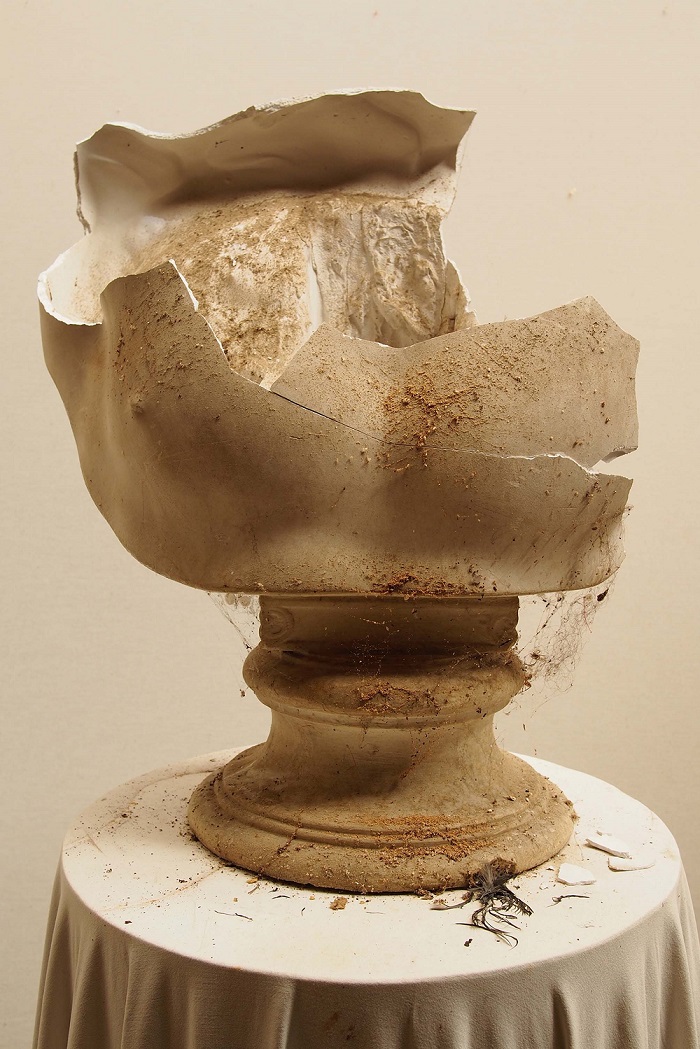

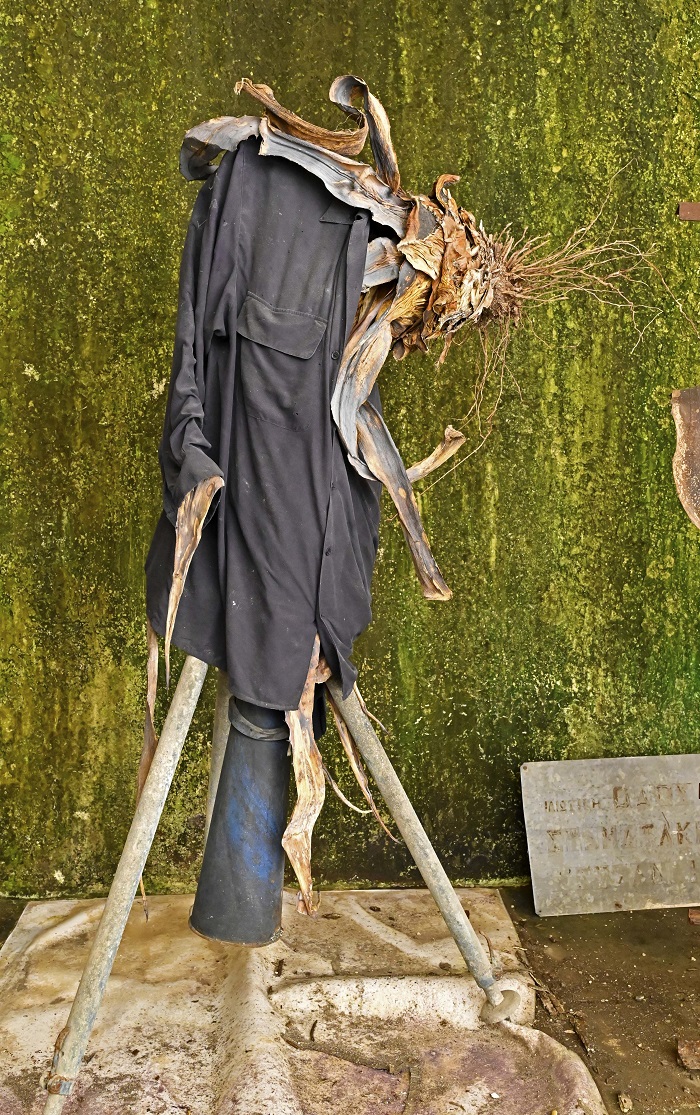

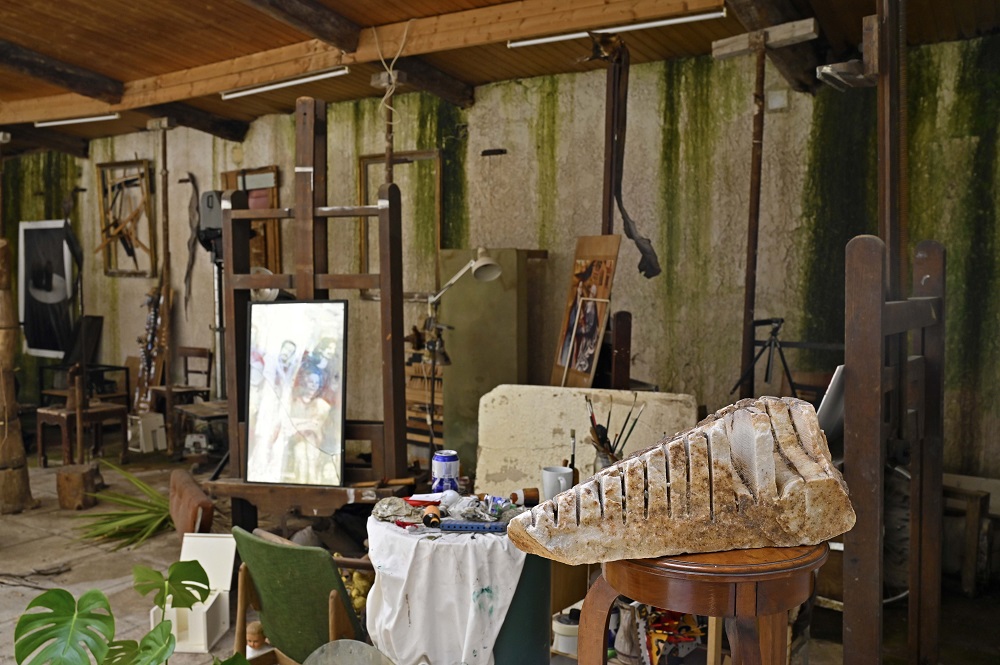
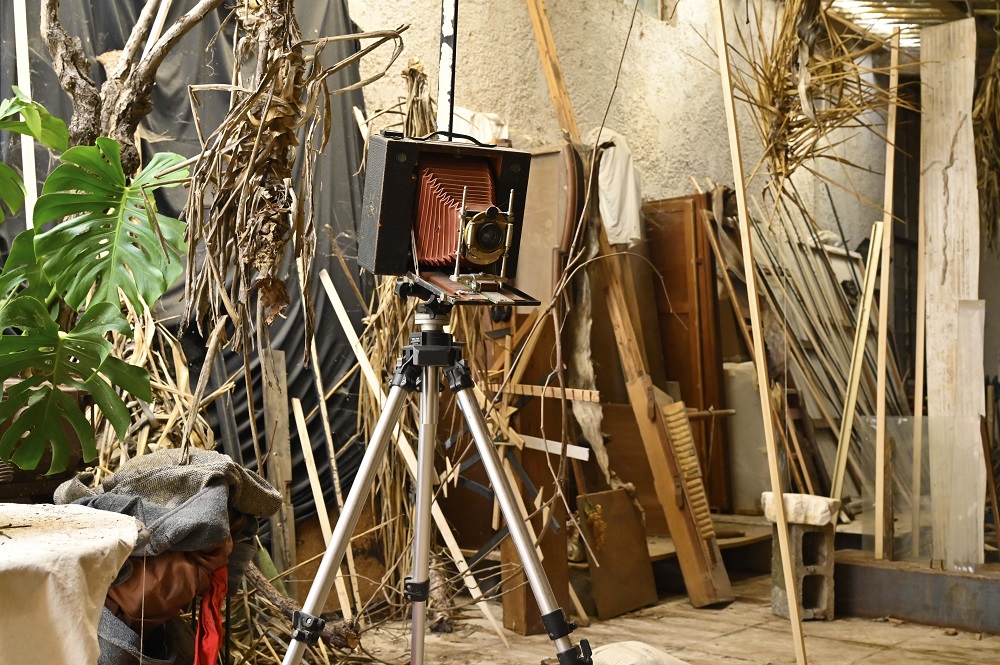
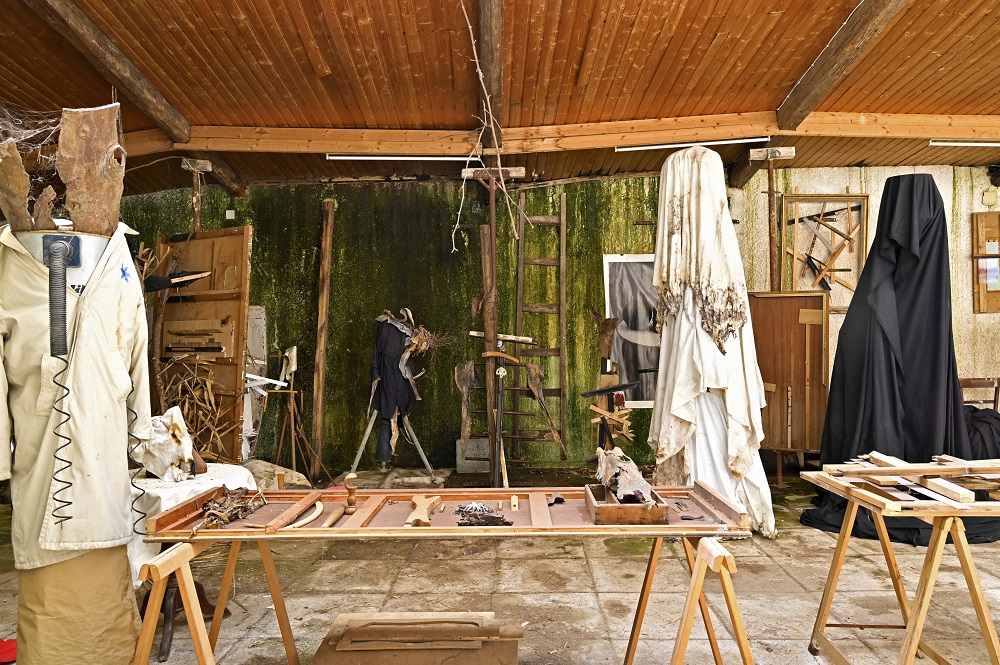
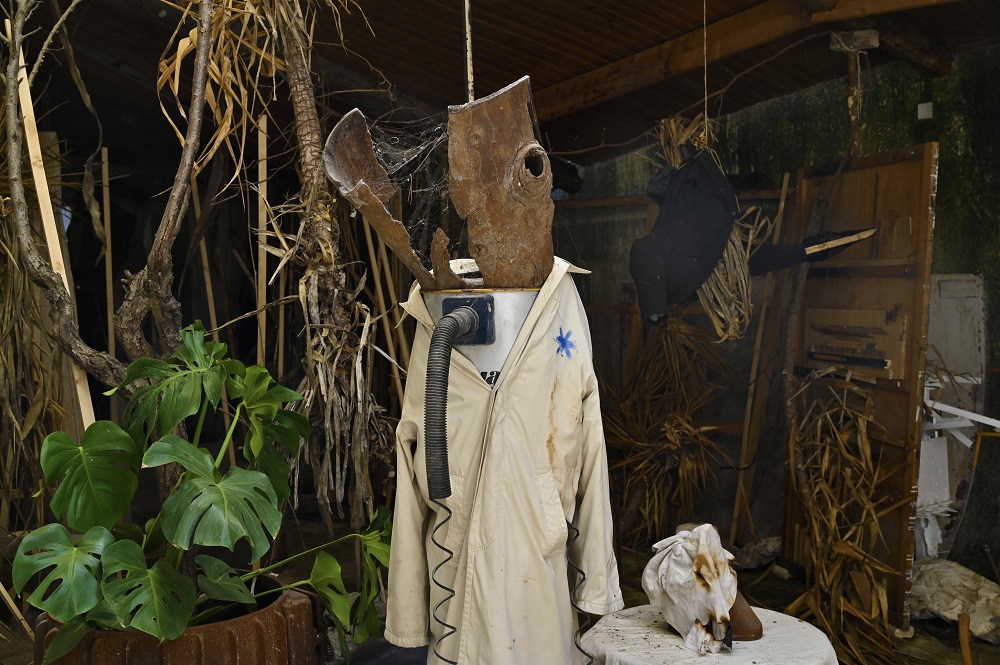
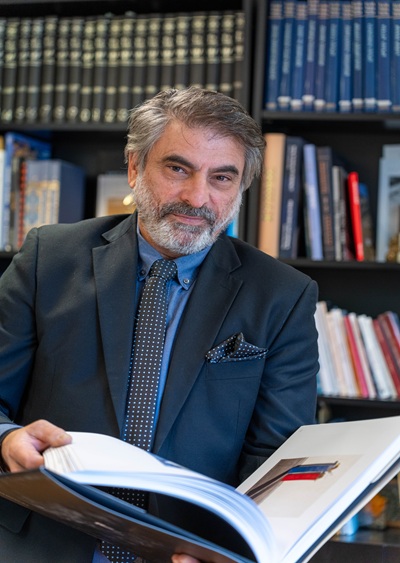
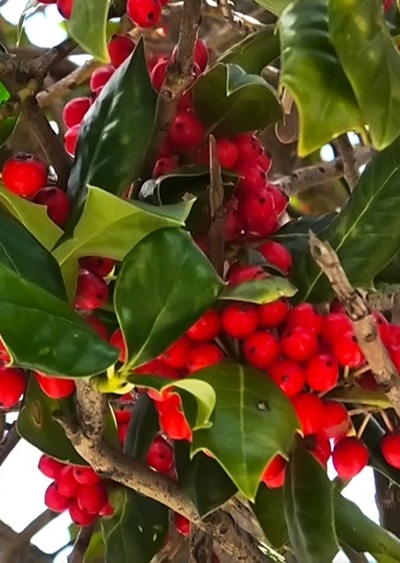
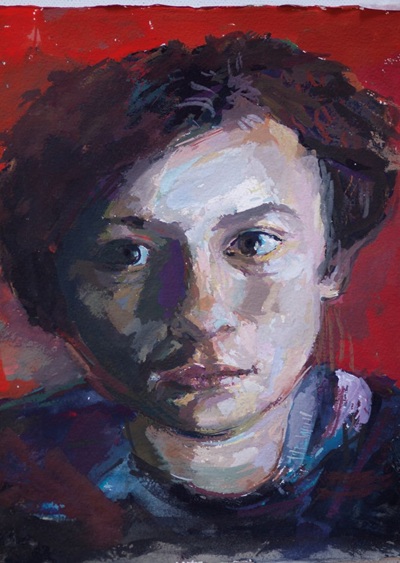



Leave A Comment